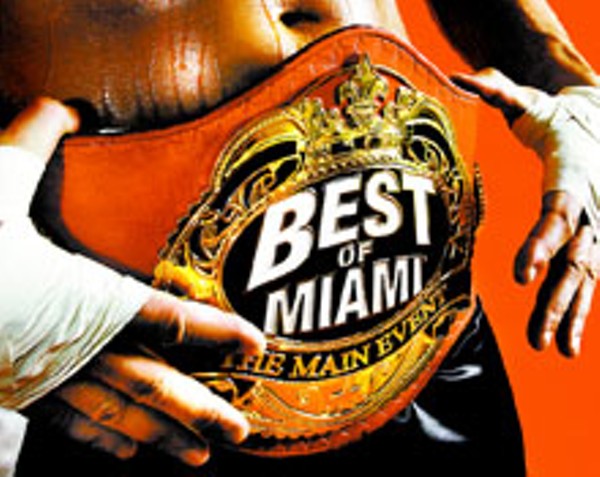Best French Restaurant
Palme d'Or
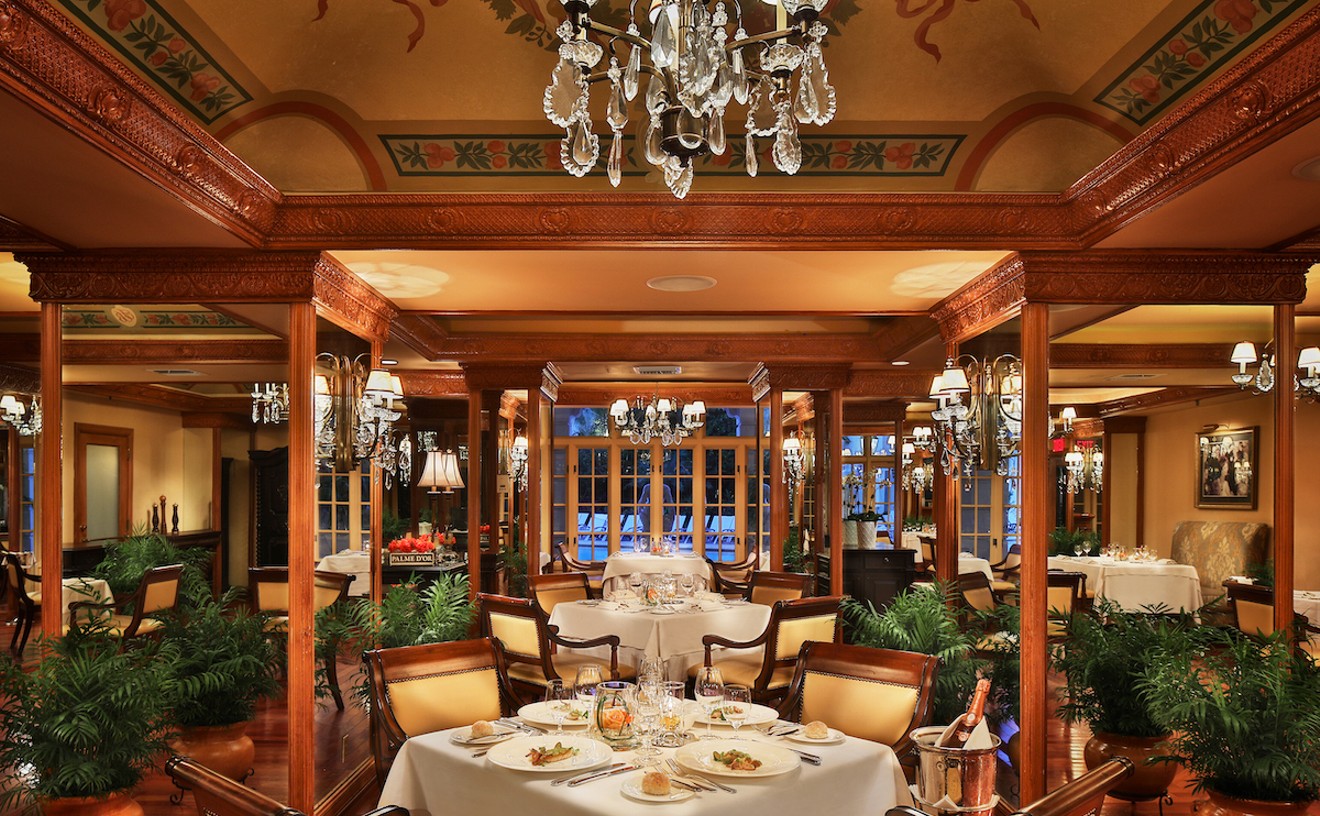
- 1200 Anastasia Ave., Coral Gables, 33134 Map
- 305-445-1926
- biltmorehotel.com/dining/palme_dor.php
Best Gourmet Grocery
Epicure Market
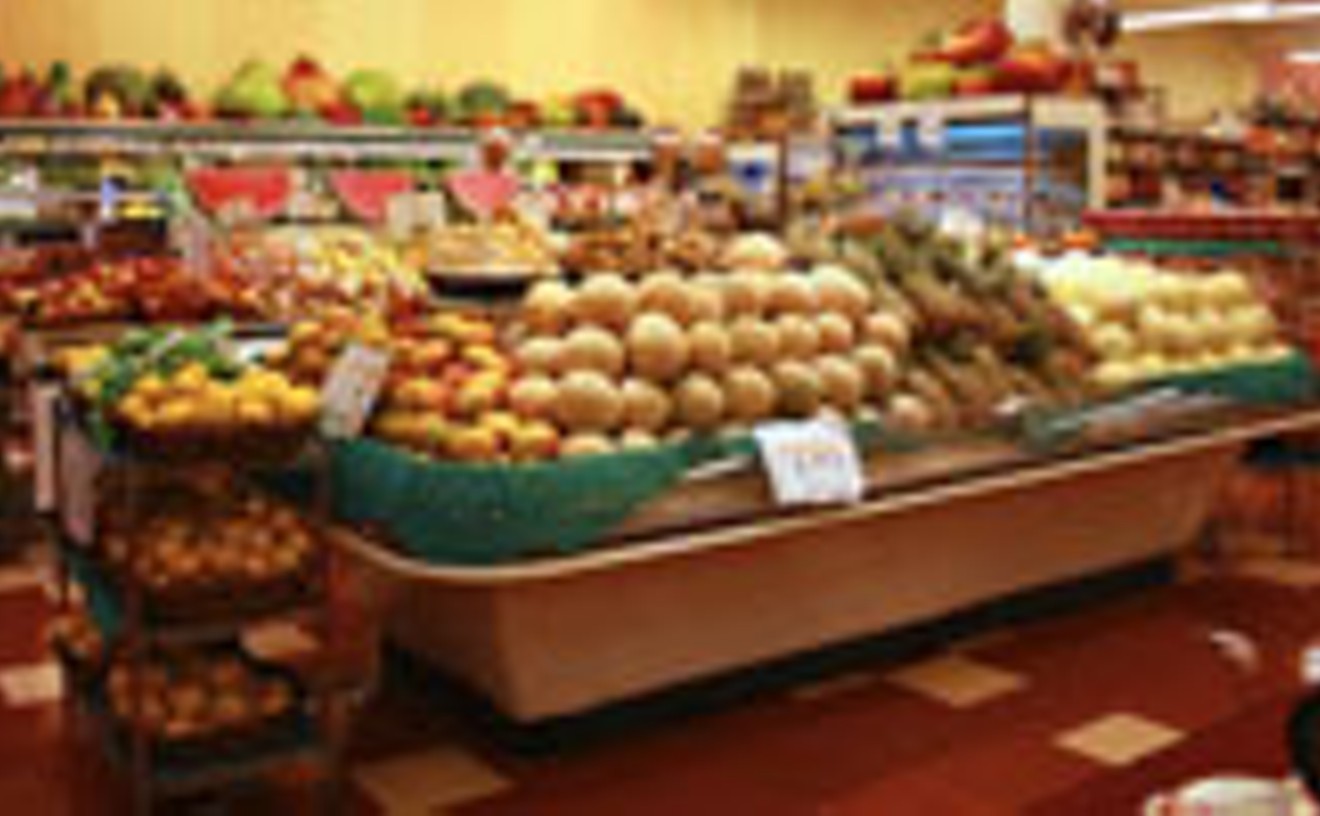
- 1656 Alton Rd., Miami Beach, 33139 Map
- 305-672-1861
- www.epicuremarket.com
Best Asian Grocery
Tim's Oriental Grocery
Best Greek Restaurant
Mykonos Greek Restaurant
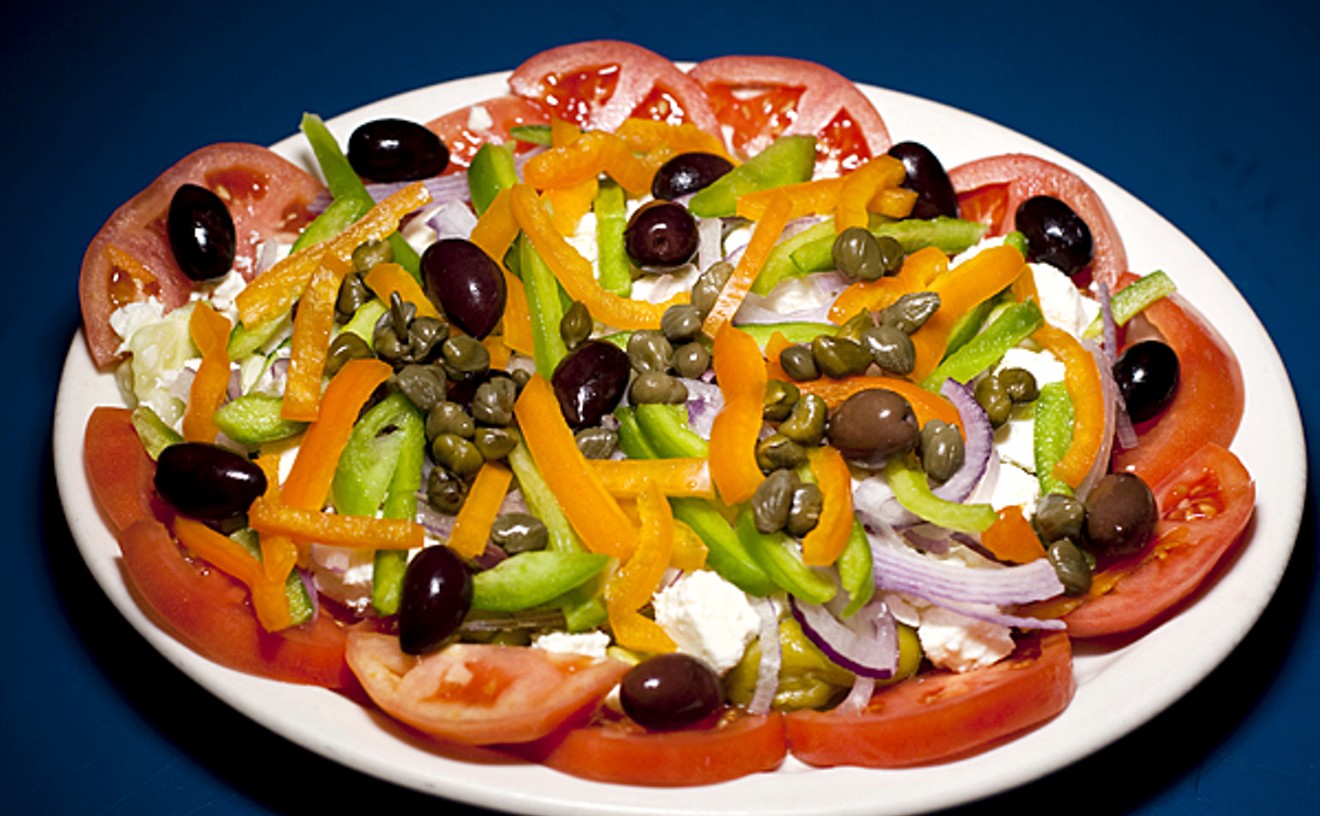
- 1201 Coral Way, Coral Gables, 33145 Map
- 305-856-3140
- www.mykonosmiami.com
Best Haitian Restaurant
Chez Madame John's
Best Kosher Bakery
Anny's Bread Shoppe
Best Honduran Restaurant
Adelita's Café
Best Kosher Market
Sarah's Tent
Best Health-Food Store
Whole Foods Market
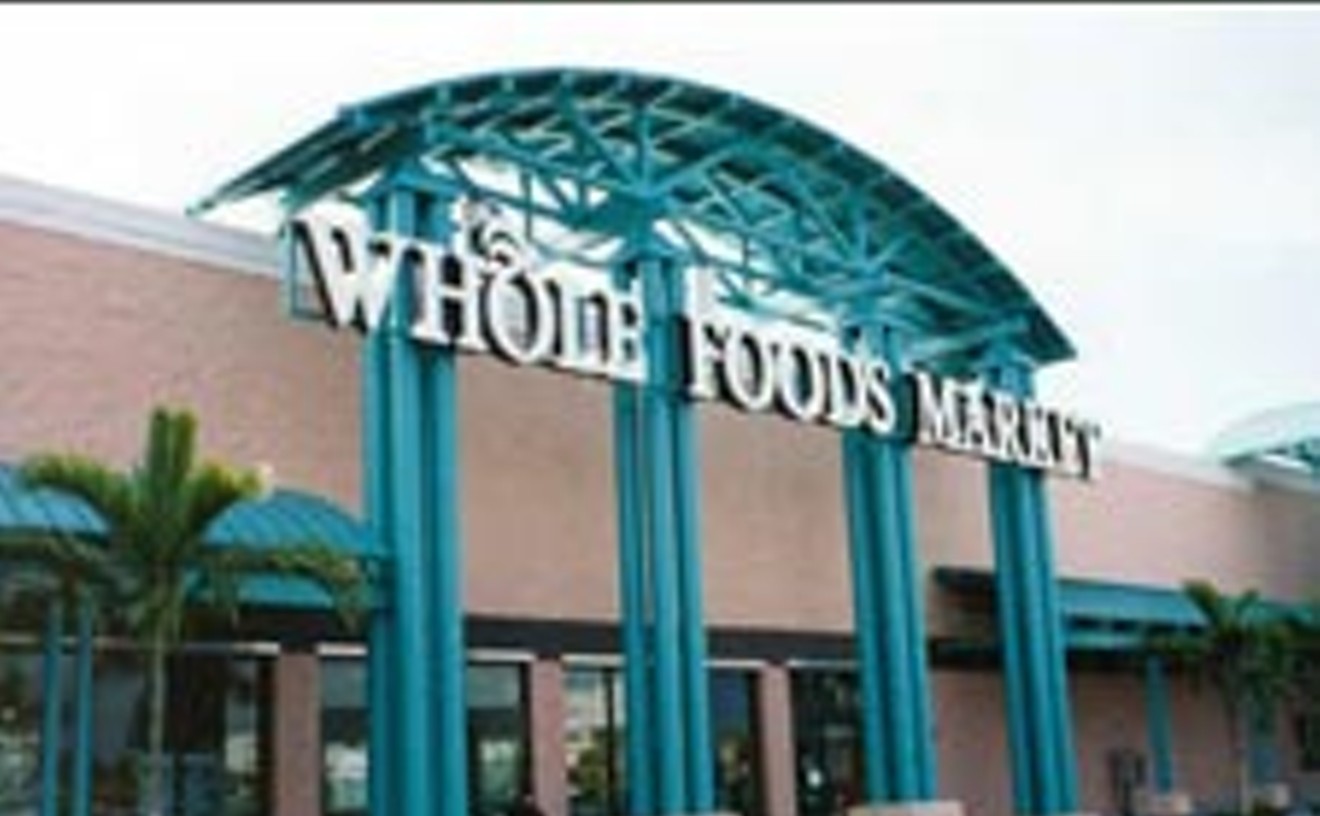
PH: If Whole Foods Market sells whole foods, does that mean other supermarket chains sell quarter, half, two-thirds, or five-sixths foods?
Mr. S: Yes.
PH: How can that be?
Mr. S: The extra percentages come via nutritional benefits invisibly contained within Whole Foods' products.
PH: If they are invisible, how do we know they are there?
Mr. S: Perhaps you will feel an increase in energy and stamina. Maybe you will notice an extra hop in your step. Or maybe not. It doesn't matter, because, as I believe Dr. Freud once said, "Sometimes an organic banana is just an organic banana."
PH: Meaning?
Mr. S: Whole Foods' whole foods are good for you whether you know it or not.
PH: I'm not a health-nut per se -- I mean I want the stuff to taste good. Are the fruits and vegetables riper and juicier at Whole Foods? Are the selection and quality of prepared foods, baked goods, meats, seafood, coffees, cheeses, nuts, wines, and chocolates better than those I might find at the market at which I usually shop?
Mr. S: Yes and yes. As the old Yiddish proverb goes, "If you board the wrong train, it will do you no good to run through the cars in the opposite direction."
PH: Meaning?
Mr. S: I'm sorry. Our time is up.
- 21105 Biscayne Blvd., Aventura, 33180 Map
- 305-682-4400
- wholefoodsmarket.com/stores/aventura
Best Indian Restaurant
Raja's
- 33 NE Second Ave., Miami, 33132 Map
- 305-539-9551
- rajasindianrestaurant.com


